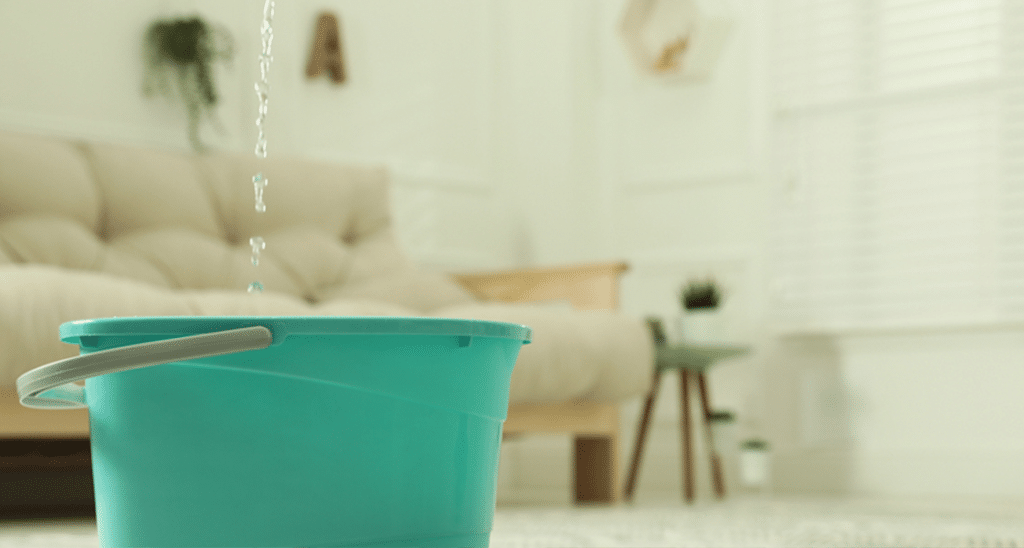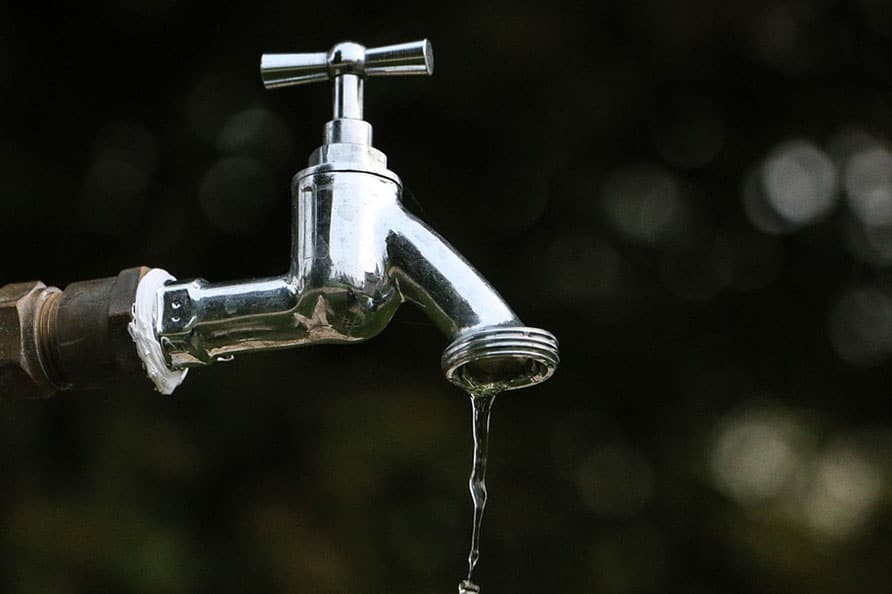Why a Dripping Faucet Is Crucial
Why a Dripping Faucet Is Crucial
Blog Article
Presented here on the next paragraphs you will find a lot of dependable points with regards to Potential Health Risks Associated With Leaky Faucets.

Introduction
A leaky faucet might look like a minor nuisance, however its repercussions prolong much beyond the occasional drip. Understanding the effects of a leaky faucet is essential for both property owners and the atmosphere. In this short article, we'll check out the different impacts of this common home issue and why addressing it promptly is essential.
Causes of Leaky Faucets
Leaking taps can arise from a range of aspects, consisting of wear and tear, high water stress, and corrosion. In time, the constant use of taps can result in damaged seals and gaskets, causing leakages to create. Additionally, excessive water stress can put stress on plumbing fixtures, causing leaks. Deterioration and rust can additionally weaken faucet parts, making them susceptible to leak.
Water Wastage
One of one of the most considerable consequences of a leaking faucet is water wastefulness. Even a small drip can amount to gallons of wasted water over time. This not just drives up water bills yet likewise contributes to water shortage and environmental destruction. Attending to dripping faucets quickly is crucial for preserving this valuable source and lessening its effect on the earth.
Financial Effect
In addition to drainage, leaky taps can also have a substantial economic influence. Enhanced water costs are a direct effect of water waste, setting you back property owners thousands of dollars each year. Additionally, the price of repairing water damages caused by leakages can be substantial, particularly if left unattended for an extended period.
Ecological Impact
The environmental impact of leaking taps extends beyond water wastefulness. By conserving water, house owners can add to broader initiatives to minimize water scarcity and secure all-natural communities. Lasting options such as rain harvesting and water-efficient fixtures can even more minimize the ecological footprint of home water use.
Technical Solutions
Developments in innovation have actually led to the development of wise taps and water-saving tools that help reduce water waste. Smart taps utilize sensors to identify motion and adjust water flow appropriately, minimizing waste without giving up ease. Water-saving devices such as aerators and low-flow showerheads are also effective in saving water without jeopardizing performance.
Worldwide Point of views
While dripping taps might feel like a localized problem, they contribute to wider global challenges such as water scarcity and climate adjustment. In areas currently encountering water anxiety, every decrease counts, making leak prevention and repair work important. By adopting water-saving practices and purchasing sustainable technologies, homeowners can play their part in resolving these pressing worldwide concerns.
Regulatory Procedures
Federal government policies play a critical role in reducing the influence of leaky faucets and promoting water preservation. From constructing codes that call for water-efficient components to water-saving incentives and refunds, policymakers have a variety of tools at their disposal. By applying and applying these guidelines, governments can ensure that home owners focus on water conservation in their daily lives.
Area Effect
Dealing with dripping taps requires cumulative initiatives at the neighborhood level. By elevating recognition concerning the relevance of water preservation and giving sources for leakage discovery and fixing, neighborhood authorities can encourage homeowners to take action. Initiatives such as water-saving rebate programs and leakage discovery projects can incentivize habits modification and promote responsible water usage.
Case Researches
Real-life instances of the influence of dripping taps highlight the significance of positive maintenance and timely repairs. From water damages to increasing water expenses, the repercussions of disregarding leakages can be serious. By sharing these case studies, property owners can better recognize the value of attending to leaking faucets promptly.
Educational Campaigns
Educational projects play a critical function in increasing awareness concerning the impacts of leaking taps and advertising water conservation practices. Via workshops, workshops, and online sources, homeowners can find out how to spot and fix leaks themselves. By equipping people with understanding and devices, instructional campaigns can promote a society of accountable water usage within neighborhoods.
Wellness Problems
Dripping faucets can create conducive atmospheres for mold and mildew and mildew development, posing health threats to occupants. The presence of mold can aggravate respiratory system problems and allergies, especially in susceptible people. Furthermore, water damages arising from leakages can endanger the architectural honesty of buildings and bring about expensive repair services.
Do it yourself vs. Specialist Fixing
When confronted with a dripping tap, property owners typically question whether to try repair services themselves or work with a specialist plumber. While DIY repairs can save cash, they might not constantly attend to the hidden issue efficiently. Professional plumbings have the competence and devices to identify and repair leaks correctly, ensuring lasting options and comfort for property owners.
Safety nets
Stopping leaking faucets calls for normal upkeep and proactive actions. Straightforward tasks such as replacing damaged washers and seals can prevent leakages from establishing. Additionally, updating to premium fixtures and lowering water pressure can help lengthen the life expectancy of faucets and lessen the risk of leakages.
Final thought
In conclusion, the results of a leaking tap prolong far past the occasional drip. From water wastefulness and enhanced water costs to health and wellness concerns and ecological impact, the effects of disregarding leakages can be considerable. By addressing dripping faucets without delay and adopting water-saving techniques, property owners can minimize these effects and add to a more lasting future.
Why You Shouldn’t Ignore a Leaky Faucet in Your Home
What Causes a Leaky Faucet?
Various factors can cause a leak, from loose and worn-out parts to corrosion. Your faucet has four essential components from which most plumbing issues will stem: the O-ring, the valve seat, the washer and the gasket.
What Is an O-Ring?
The O-ring is a stem screw that fastens parts of the faucet in place, preventing water from leaking out of the spout. Depending on your faucet type, the stem might have multiple O-rings. Water will drip from the faucet’s handles and base if this part breaks or deteriorates.
What Is a Valve Seat?
The valve seat controls the flow and temperature of the water. Found at the base of the handle, it works as a seal for the faucet’s stem. The valve seat ensures the water is allowed to flow or is blocked as the handles dictate. You’ll know it’s malfunctioning when water leaks from your faucet’s sides.
What Is a Gasket?
The gasket is found between the water inlet and the valve stem. It creates a seal between the faucet and the sink, holding its joints by aerators attached to the stem’s head. Water will trickle out from the base if the gasket isn’t working.
What Is a Washer?
The washer secures the handles and prevents leakage, serving a similar purpose to the O-ring. While the O-ring is ordinarily round and made from an elastic material, such as rubber, the washer is square-shaped and composed of brass, copper and other hard metals. If it malfunctions, corrodes or has been improperly installed, water will leak out of the handles, causing that incessant faucet drip.
Why Is a Leaky Faucet Dangerous?
A leaky faucet left alone for too long can have significant consequences.
Pest Infestations
Since bugs and rodents gravitate towards the scent of water, a leaky faucet will draw pests to your sink. Both are looking for leaks accessible through crawl spaces, which a faucet provides. If you leave water dripping for too long, you run the risk of an infestation.
Rust
If one of the faucet parts has started to corrode, the resulting rust can spread to your pipes and valves with startling speed. The rust might even lead to cracks or other impairments, resulting in more severe plumbing issues.
Your sink could also sustain damage from a leaky faucet. The water in your tap possesses sparse elements of calcium and iron that can stain your sink with repeated and prolonged exposure. Once those elements in the water have been open to the air for some time, your sink will start to rust, creating marks that can be difficult to remove.
https://www.tomsmechanical.com/blog/why-you-shouldnt-ignore-a-leaky-faucet-in-your-home

Hopefully you enjoyed our part about How to Fix a Leaky Faucet. Thanks a lot for finding the time to read through our piece. Do you know anybody else who is occupied with the topic? Take a moment to share it. I truly appreciate reading our article about The Environmental Impact of Leaky Faucets.
Report this page